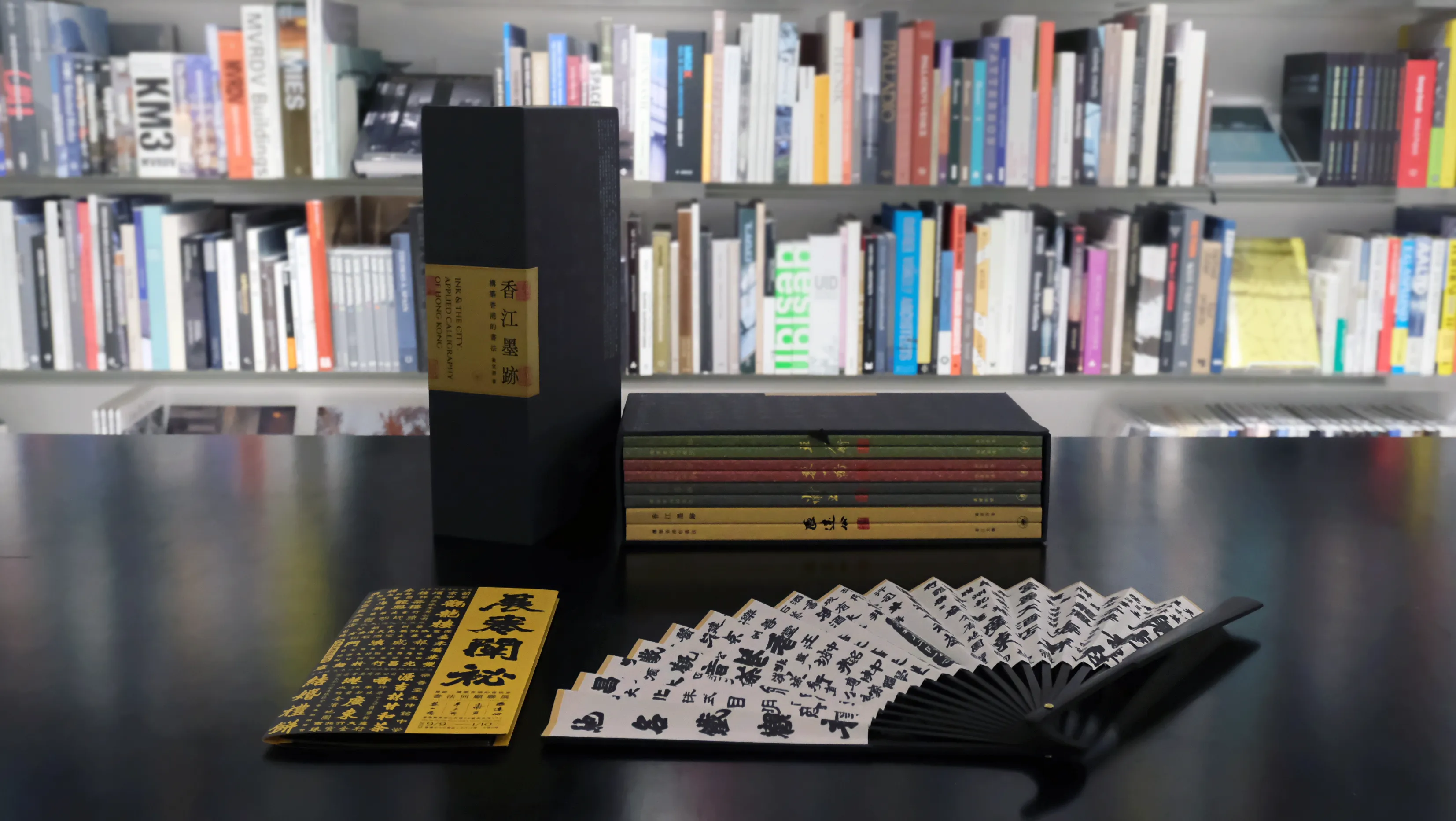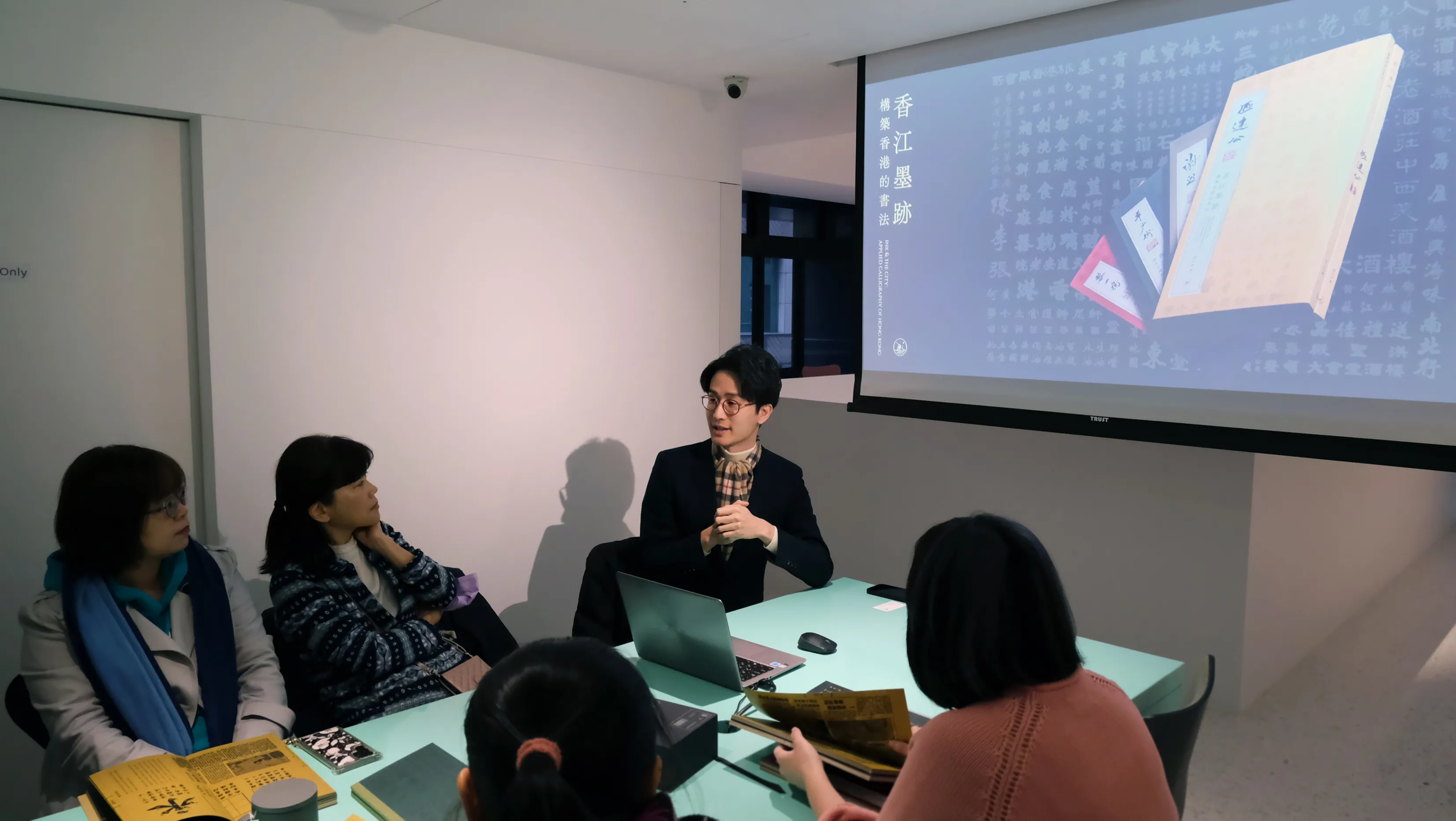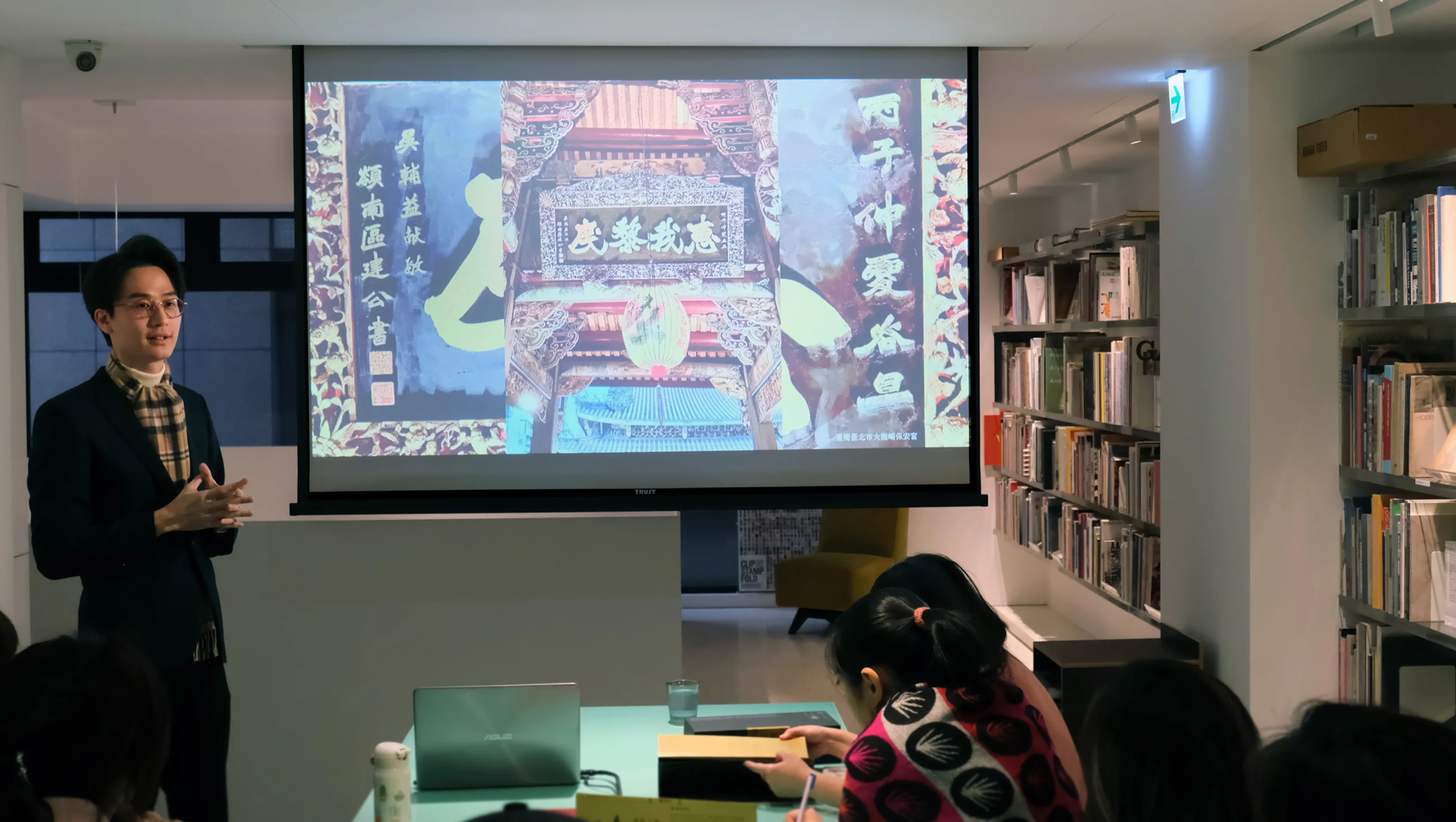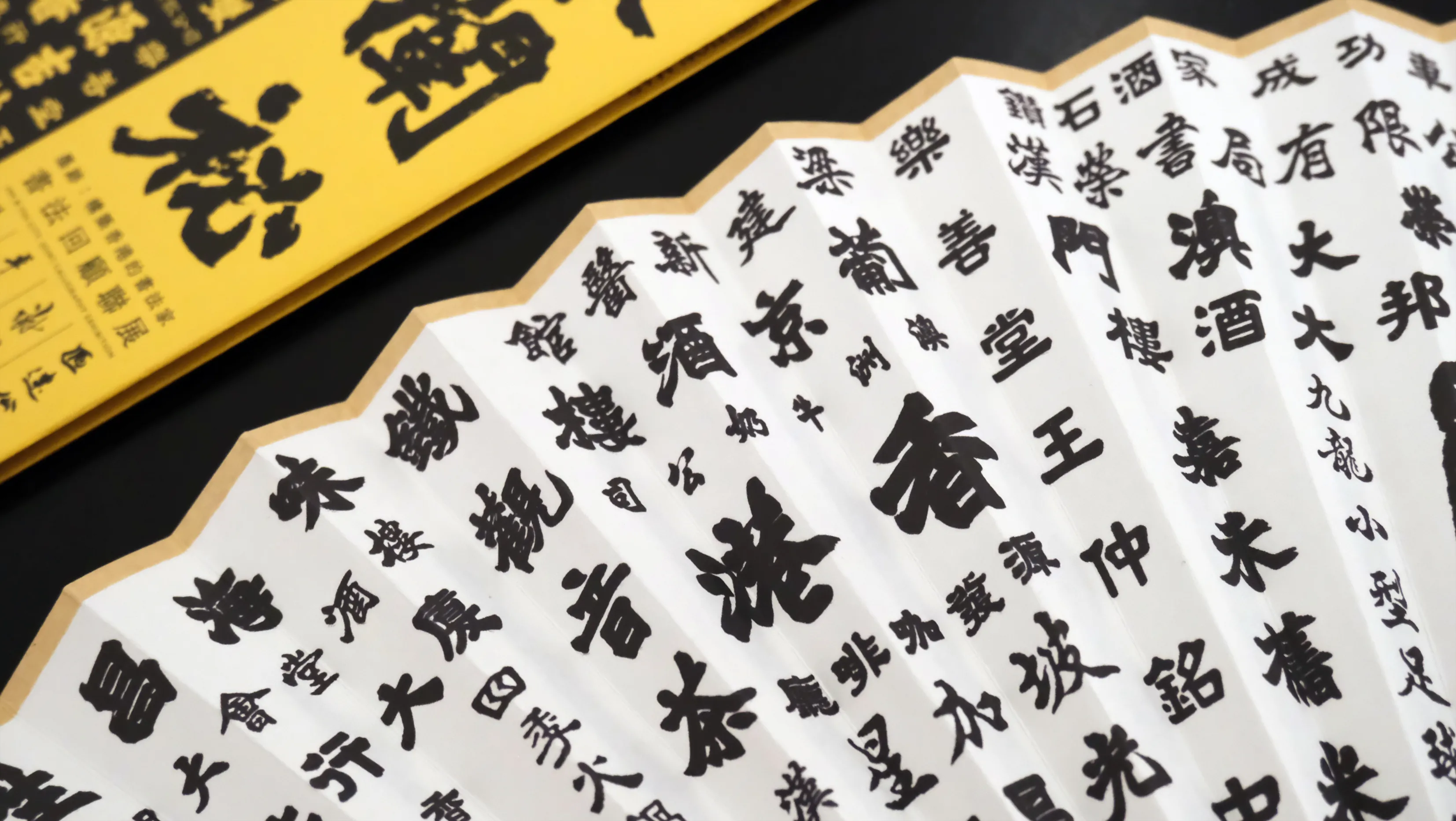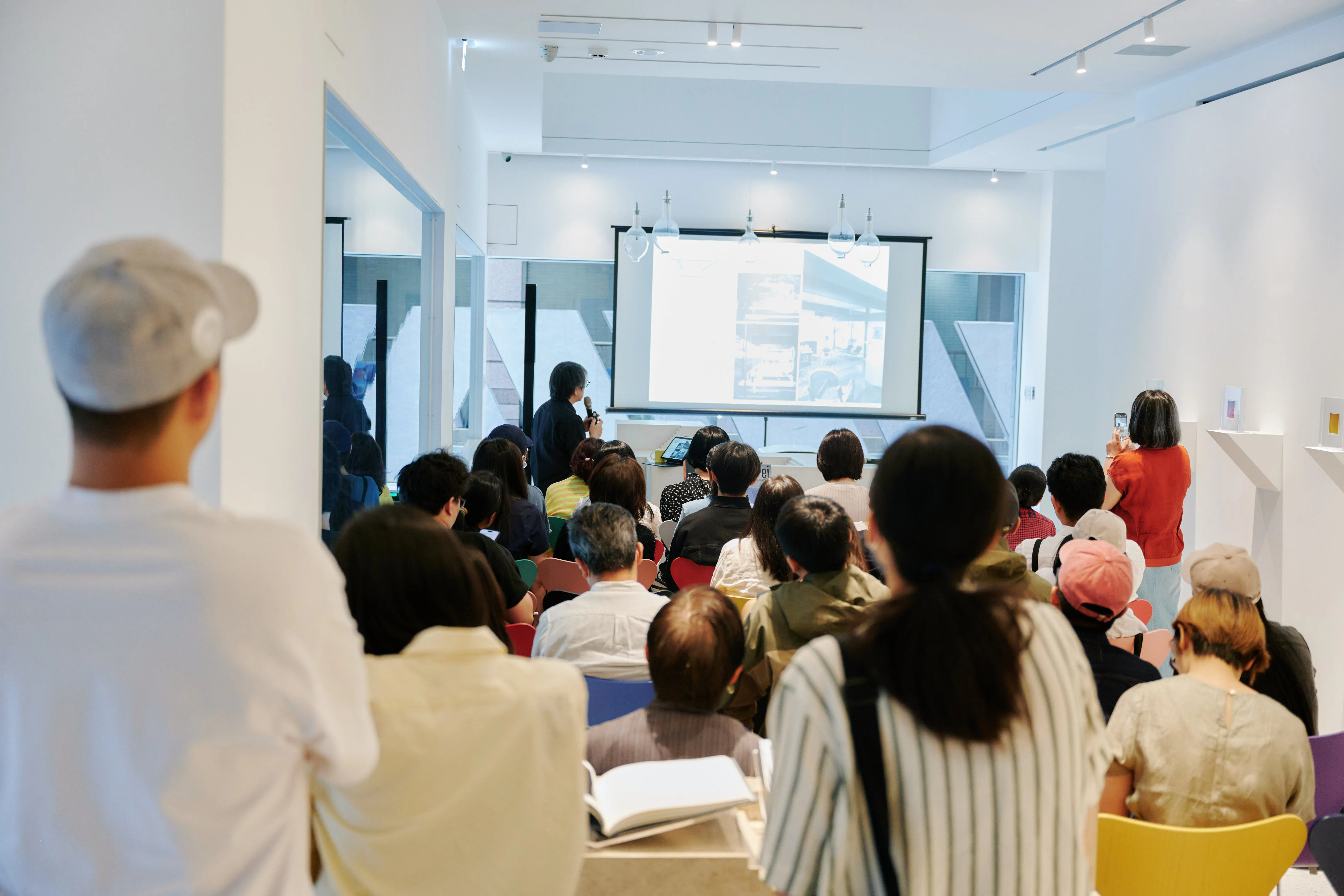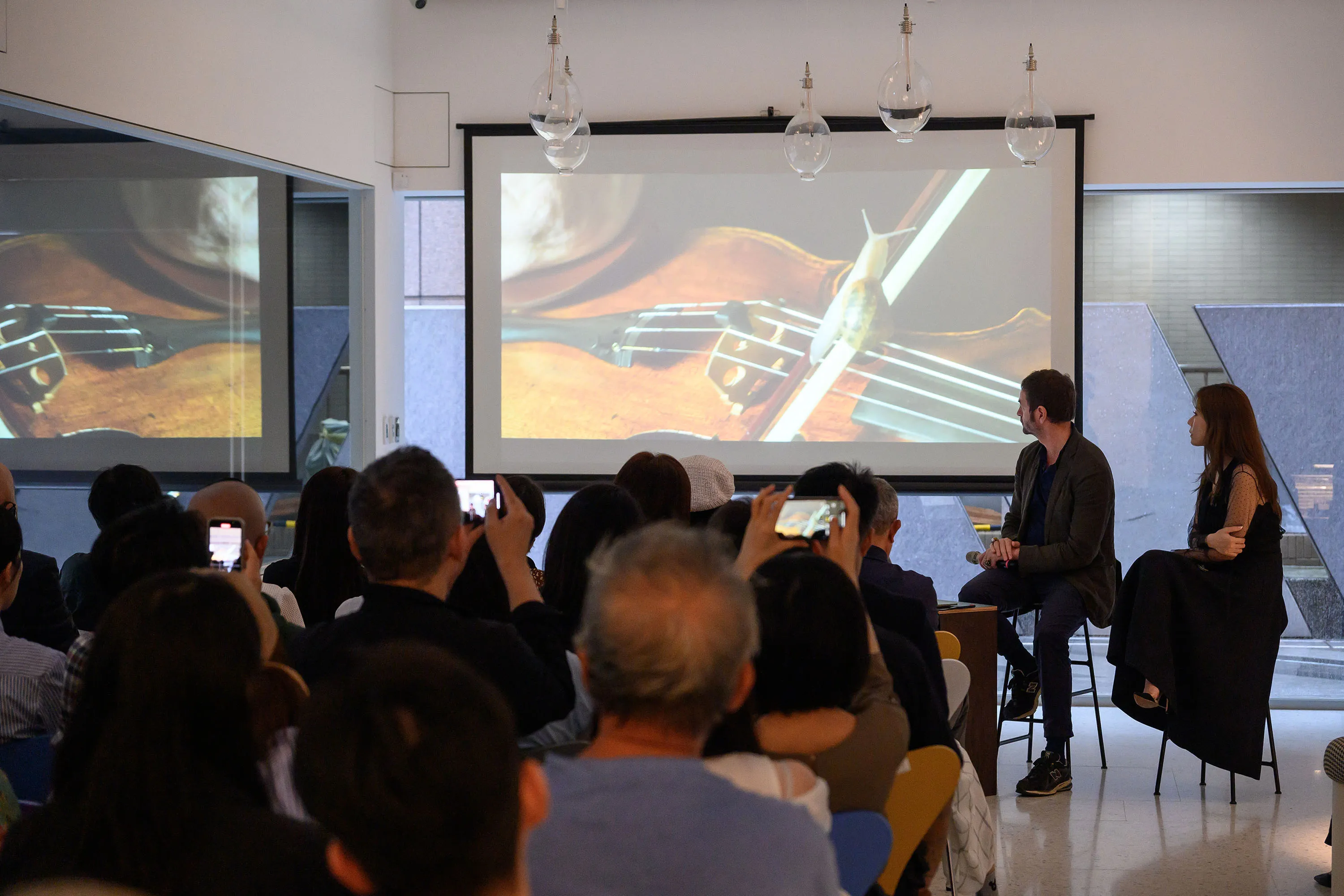
BOOKTALKS| Legendary Stories of Hong Kong Calligraphy Signage
Speaker
Huang Xuanyu Founder of “Ink Mark” and Author of “Xiang River Ink Mark”
Location
Winsing Art Place (No. 6, Lane 10, Lane 180, Section 6, Section 6, Minquan East Road, Neihu District, Taipei City)
Fee
Free Admission (Advance registration required/$150 on-site bookshop admission fee, discounts on books and drinks)
Introduction
The unique landscape of Hong Kong's signature Lilly is known overseas. From the 1930s to the 1980s, several famous calligraphers in Hong Kong: Kian Gong District, Xie Hee, Chau Shaoheng and Lai Ying Ming, have been known for their commercial and charitable works — including Sun Hung Kai Properties, Yu Yan Sung, Chow Sang Jewellery, Federal Wine House, Good To Signatures such as the Domen family have created a unique cityscape that was unique in the half century in Xiangjiang, and the work is widely known to the public. The author of “The Inks of Hong Kong - The Calligraphy of Building Hong Kong” Huang Xuanzhu and his team spent more than four years collecting and researching the works of four calligraphers, including thousands of precious pictures, including signboards, cards, Yi-lien and paper works. In this talk, the authors will share their stories and how these signboards shape the landscape of Hong Kong's cities.
Cultural Center and Three United Bookstores of Hong Kong jointly organized a book sharing seminar to invite the author of “The Inks of Hong Kong - The Calligraphy of the Architecture of Hong Kong” Huang Xuanying and the author of “Paper Chain Making” Chen Shing, to introduce readers to the calligraphic culture and contemporary Hong Kong book design through their respective books. Experience. The lecture will be held on 2/8 p.m., inviting visitors to the bookstore to exchange discussions.
Event Recap
When it comes to Hong Kong's cityscape, the first thing many people think of is the lively streetscape of Lin Luang's purposeful signage. These signs, created in calligraphic fonts, embody the story of Hong Kong's history. Perhaps in the eyes of older college calligraphy teachers, these signature calligraphers belong to the “river lake” thing. However, there is a place for everyone to learn calligraphy. In keeping with this idea, Wong Chuan Yau launched the study “Ink Mark: The Calligraphers of Building Hong Kong”. Explore the past life of the signage through literature and field visits.
Born in this period, calligraphers such as Ku Jianhong and Xie Hee used their signage to create the cityscape of Hong Kong from the 1930s to the 1980s. Renowned by his great name, Jianhong, who had come to Taiwan in 1936 to hold a personal calligraphy exhibition, was the first Lingnan calligrapher to hold an exhibition in Taiwan. HE ALSO LEFT IMPORTANT WORKS IN TAIWAN: THE FINEST WOODEN PLAQUE SCULPTED IN TAIPEI, THE “HUI LAI MIN” PLAQUE AND THE LARGEST SIZE, AND THE “MANBANG” SIGN MADE BY THE TAICHUNG CHEN SCULPTURE OFFICE.
From Hong Kong to Taiwan, calligraphy is embedded in our lives in every way. Regarded as a modern Hong Kong, however, traditional calligraphic signage has been disappearing in recent years due to changes in policy regulations. Before they are completely gone, many groups strive to study the preservation so that they are free from being submerged in history. Huang Xuiyu believes that every item has its value, and that ancient epitaphs have value for research as well as modern signage. Share the learning questions of Signature Calligraphy to more people through lecture exhibitions around the world. With the publication of “The Imprints of the Xiang River — The Calligraphy of Building Hong Kong”, these studies are also being delivered to readers interested in calligraphy around the world through carefully designed booklets.
